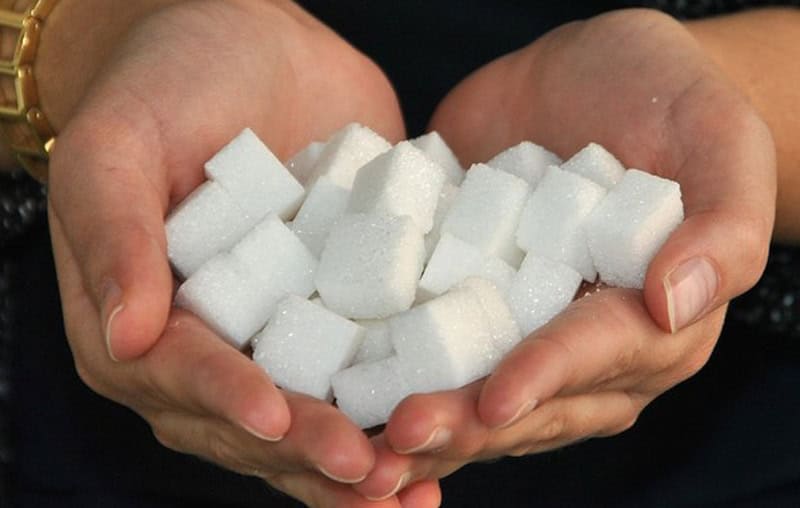The growing techniques for beet sugar vs cane sugar contribute to differences in harvesting time.
Understanding the Nutritional Benefits of Beet Sugar Vs Cane Sugar for Wellness Conscious Consumers
When examining the nutritional implications of beetroot sugar versus cane sugar, health-conscious consumers find that both varieties largely include sucrose and deal comparable calorie worths, each contributing around 16 calories per teaspoon. In spite of this similarity, neither kind provides significant wellness benefits, as they are empty of important nutrients. Discovering the broader effects, including environmental considerations and long-lasting health and wellness impacts of sugar usage, might illuminate much more nuanced differences in between these 2 sugars.
Nutritional Account and Caloric Worth of Beetroot Sugar and Walking Stick Sugar
Although both beetroot sugar and cane sugar are largely made up of sucrose, their nutritional accounts and calorie worths are incredibly similar. Each supplies around 16 calories per teaspoon and is composed nearly totally of carbs, with minimal amounts of protein or fat. These sugars also lack significant amounts of vitamins or minerals. The improvement procedure remove the majority of the fundamental nutrients, providing both types virtually similar in terms of nutrition. There are trace distinctions in the impurities that remain after handling, which can slightly affect the flavor and color of the sugars, however these are negligible in regards to health and wellness effect. For customers concentrating on dietary impact, the choice between beetroot and cane sugar is more about individual choice or possible ecological worries instead of nutritional differences. Both ought to be consumed in small amounts within a balanced diet plan as a result of their high calorie material and lack of essential nutrients (beet sugar vs cane sugar).
Ecological Effect and Sustainability of Sugar Manufacturing
While the dietary differences in between beet sugar and walking cane sugar are very little, their manufacturing processes offer even more significant differences, especially in regards to environmental effect and sustainability. Walking stick sugar production frequently entails comprehensive land usage and deforestation, which adds to habitat damage and biodiversity loss. This farming is also related to high water consumption and water air pollution due to the overflow of chemicals and fertilizers. In contrast, beetroot sugar manufacturing normally requires less land and can be grown in more warm environments, which may decrease the need for irrigation and the associated water resource exhaustion.
However, beet growing is not without its ecological obstacles; it entails dig this significant power inputs, particularly in the northern climates where it is expanded, as a result of the need for longer heating durations in sugar processing. Both sugar beet and sugar walking stick markets are checking out much more sustainable practices, including plant turning, natural farming, and boosted waste administration methods to alleviate these effects.
Health And Wellness Effects and Recommendations for Sugar Usage
In spite of their minimal nutritional distinctions, both beetroot sugar and cane sugar can have harmful health and wellness effects when consumed over. High consumption of either kind of sugar adds to a variety of wellness concerns, consisting of weight problems, his comment is here type 2 diabetes, and heart condition. Both sugars are pure sucrose and deal no necessary nutrients besides calories, bring about quick spikes in blood glucose levels upon intake.


Conclusion
